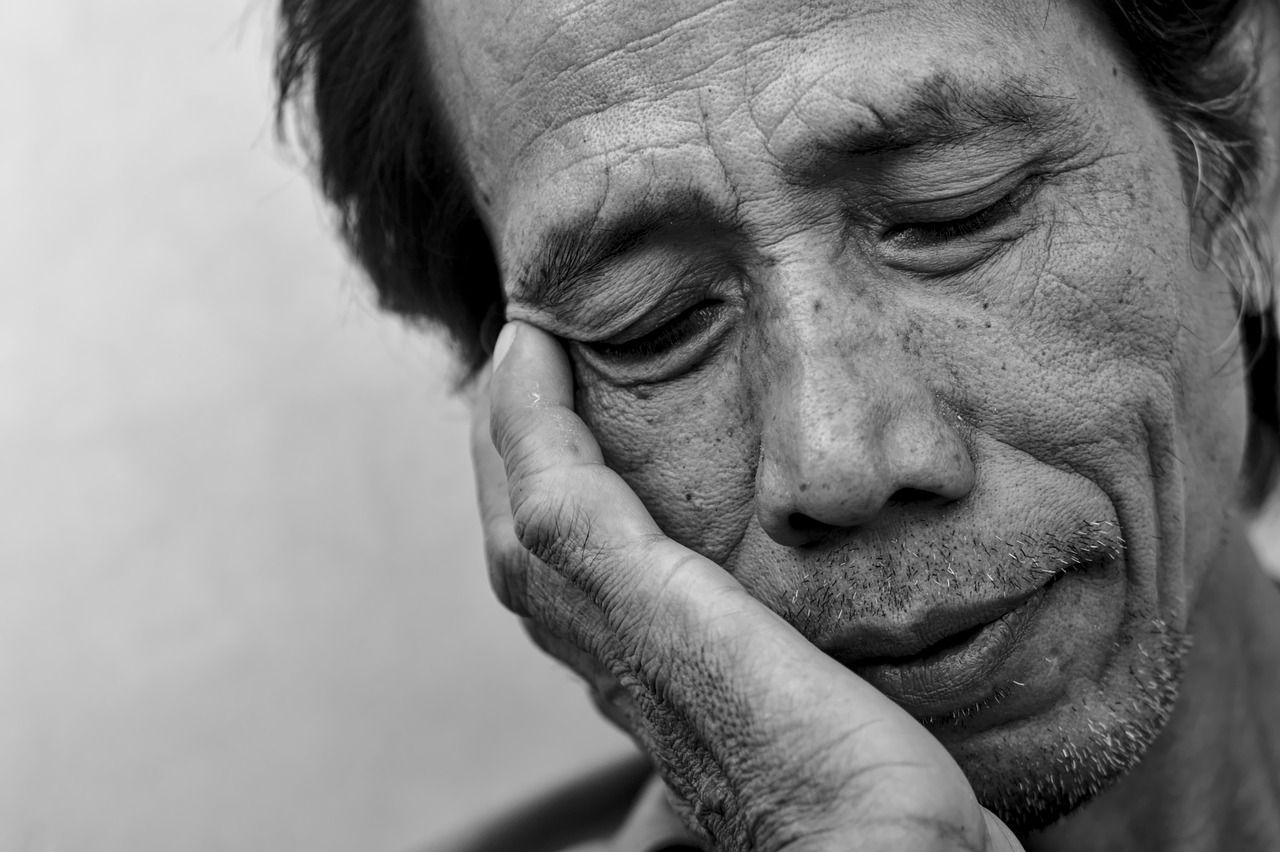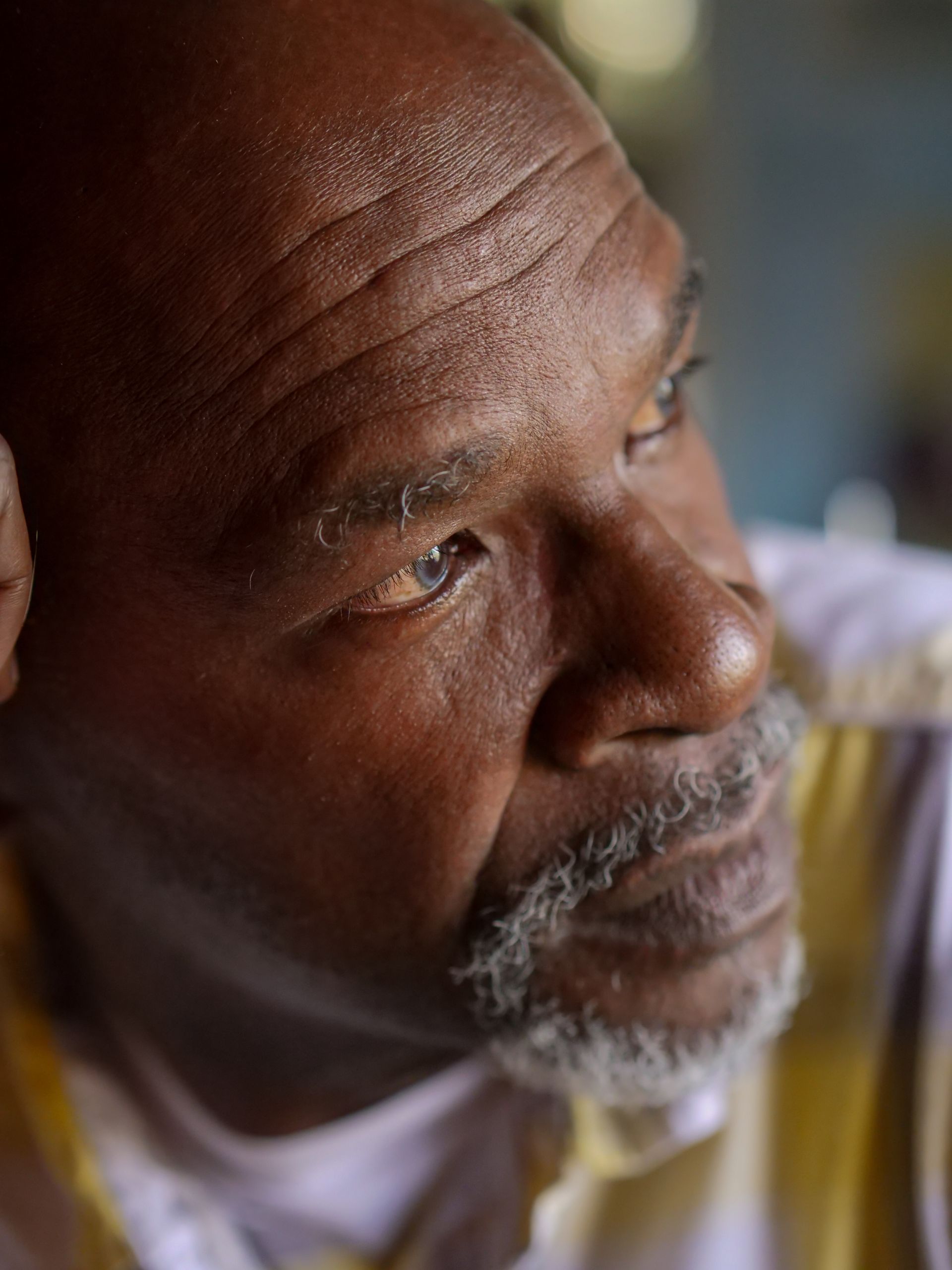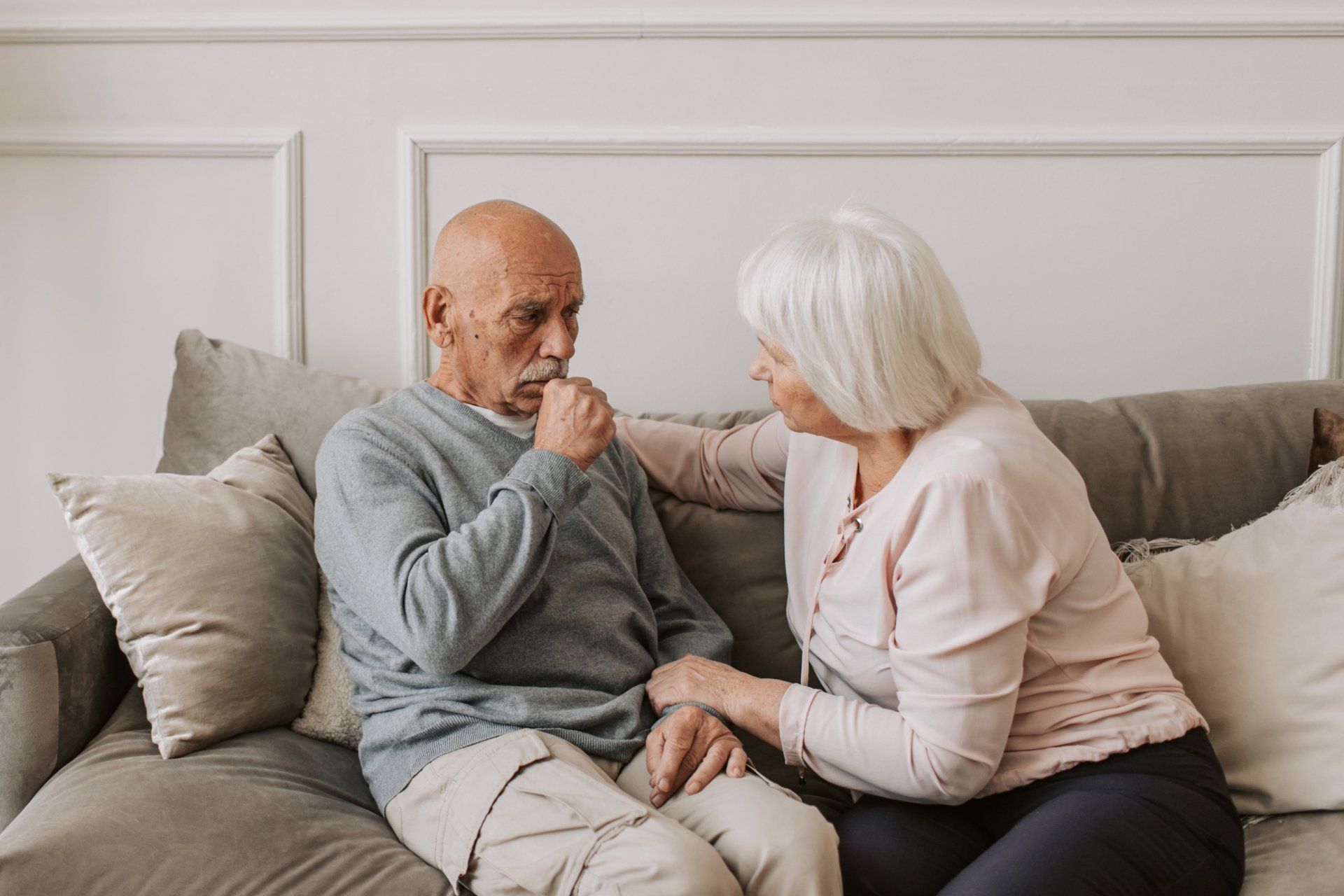Focus on Anxiety, Agitation, and Terminal Restlessness in the Hospice Patient
This document is for informational and educational purposes only and is not a substitute for medical advice, diagnosis, or treatment provided by a qualified health care provider. All information contained in this document is protected by copyright and remains the property of ProCare HospiceCare. All rights reserved.
Anxiety is one of the most common symptoms for hospice patients. It has been reported within 20% to 50% of patients with advanced cancer. While the impact of anxiety is recognized, anxiety management in palliative care is a major challenge due to a variety of contributing factors. Timely identification, support, and treatment of anxiety are essential in patients with limited life expectancy. Anxiety management benefits from a multi-dimensional team approach. From physicians to nurses to social workers and spiritual care – all disciplines can play a role in helping alleviate anxiety. There are several etiologies behind anxiety in hospice patients – including metabolic causes, drug withdrawal, and adverse drug effects. Anxiety has cognitive, emotional, behavioral, and physical manifestations ranging from mild/occasional to a severe/constant state of anxiousness.
Non-pharmacological management of anxiety may include:
- Deep breathing
- Spiritual care
- Supportive care (previously referred to as palliative care)
- Complementary therapy (including mind-body techniques, music therapy, visual imagery, aromatherapy)
Benzodiazepines (including lorazepam or alprazolam) are considered the mainstay of therapy in the management of anxiety. Choice of benzodiazepines depends on the following patient-specific factors:
- Duration of action
- Desired onset of action
- Route of administration available
- Dosing schedules
Antidepressants are another frequently used class of medications to treat anxiety. Selective Serotonin Reuptake Inhibitors (SSRIs including escitalopram or sertraline) are a frequently used class. Even though they fall under the pharmacologic category "antidepressants", these medications can have a powerful effect on chronic anxiety. By regulating brain chemistry, these agents help further prevent episodes of anxiety and might help patients rely on benzodiazepines less. Since excessive use of benzodiazepines can cause sedation and affect valuable moments with a loved one nearing end of life, taking a preventative medication may be a better option. The limitation to the use of antidepressants for chronic anxiety at the end of life is that they need time to work, taking up to six weeks for full clinical effect. Some patients reaching the end of their lives might not have this much time and should rely solely on as- needed medications, such as benzodiazepines.
Agitation is a term that describes anxious, restless and unsettled behavior. It can be linked to emotional, physical, or spiritual distress. Terminal agitation refers to agitation that occurs in the last few days of life. Terminal agitation may also be described as terminal restlessness, terminal anguish, confusion at the end of life, or terminal delirium. These terms all have different meanings, but do overlap. Agitation can come on suddenly or gradually and often comes and goes. Signs and symptoms of terminal agitation can include any of the following: confusion, moaning, hallucinations, and sometimes angry and aggressive behavior. There can be many possible causes for agitation, including uncontrolled pain or discomfort, urinary retention, infection, sepsis, or organ failure.
Neuroleptics, also known as antipsychotic medications, are used to treat and manage symptoms of many psychiatric disorders. They fall into two classes: first-generation or "typical" antipsychotics, and second-generation or "atypical" antipsychotics. Haloperidol and Chlorpromazine are two first-generation antipsychotics used to treat agitation.
Second Generation (Atypical) Antipsychotics
Olanzapine (Zyprexa®)
- Tablet, ODT (oral disintegrating tab)
- 2.5-5 mg daily
- Max/day: 20mg
- May cause hyperglycemia
- Anticholinergic effects
Quetiapine (Seroquel®)
- Tablet, Tablet, XR
- 25-50 mg Q8-12h
- Max/day: 800mg
- Preferred in Parkinson’s disease over other antipsychotics
- Anticholinergic effects
Risperidone (Risperdal®)
- Tablet, Solution, oral, ODT
- 1-3 mg BID
- Max/day: 16mg
- Antipsychotics are appropriate when psychosis is suspected to be the primary cause of agitation/aggression
When an individual is in the final days of life, terminal restlessness is often a common symptom. Definitions of terminal restlessness include the following: the thrashing or agitation that may occur in the last days of life. Frequently, it is associated with impaired consciousness, anxiety, and often, involuntary muscle twitching or jerks. Agitation and terminal restlessness often present together in hospice patients. It is estimated that 42% of all dying patients experience restlessness and agitation in the last 48 hours of life.
The pharmacological involvement of terminal restlessness involves options such as: haloperidol, atypical antipsychotics like olanzapine, risperidone, and quetiapine, or benzodiazepines like lorazepam or midazolam may be appropriate.
For assistance in determining the best course of treatment for your patient’s specific symptoms, please contact a ProCare HospiceCare pharmacist for a symptom management consultation. We would be happy to assist.
Written by Jennifer Procaccino, PharmD
References
- Zweers D, de Graeff A, Duijn J, de Graaf E, Witteveen PO, Teunissen SCCM. Patients’ Needs Regarding Anxiety Management in Palliative Cancer Care: A Qualitative Study in a Hospice Setting. American Journal of Hospice and Palliative Medicine®. 2019;36(11):947-954. doi:10.1177/1049909119846844.
- Anxiety. Palliative Care Guideline Plus. Available from: https://book.pallcare.info/index.php?tid=47&searchstring=anxiety. Accessed on September 16, 2021.
- Stoklosa J, Patterson K, et al. Anxiety in Palliative Care- Causes and Diagnosis. Available from: https://www.mypcnow.org/fast-fact/anxiety-in-palliative-care-causes-and-diagnosis/
- National Cancer Institute. Adjustment to Cancer: Anxiety and Distress. Available from: https://www.cancer.gov/about-cancer/coping/feelings/anxiety-distress-hp-pdq. Accessed on September 16, 2021.
- Morrow A. Symptoms and Management of End-of-Life Anxiety. Very well health. Available from: https://www.verywellhealth.com/managing-anxiety-1132473. Accessed on September 16, 2021.
- Buckley L. Case-based learning: anxiety disorders. The Pharmaceutical Journal. Available from: https://pharmaceutical-journal.com/article/ld/case-based-learning-anxiety-disorders. Accessed on September 6, 2021.
- Terminal agitation at end-of-life. Marie Curie. Available from: https://www.mariecurie.org.uk/professionals/palliative-care-knowledge-zone/symptom-control/agitation. Accessed on September 16, 2021.
- Lexicomp Online, Lexi-Drugs Online, Hudson, Ohio: Lexi-Comp, Inc.; 2021; September 16, 2021.
- Head B, Faul A. Terminal restlessness as perceived by hospice professionals. Am J Hosp Palliat Care. 2005 Jul-Aug;22(4):277-82. doi: 10.1177/104990910502200408. PMID: 16082913










